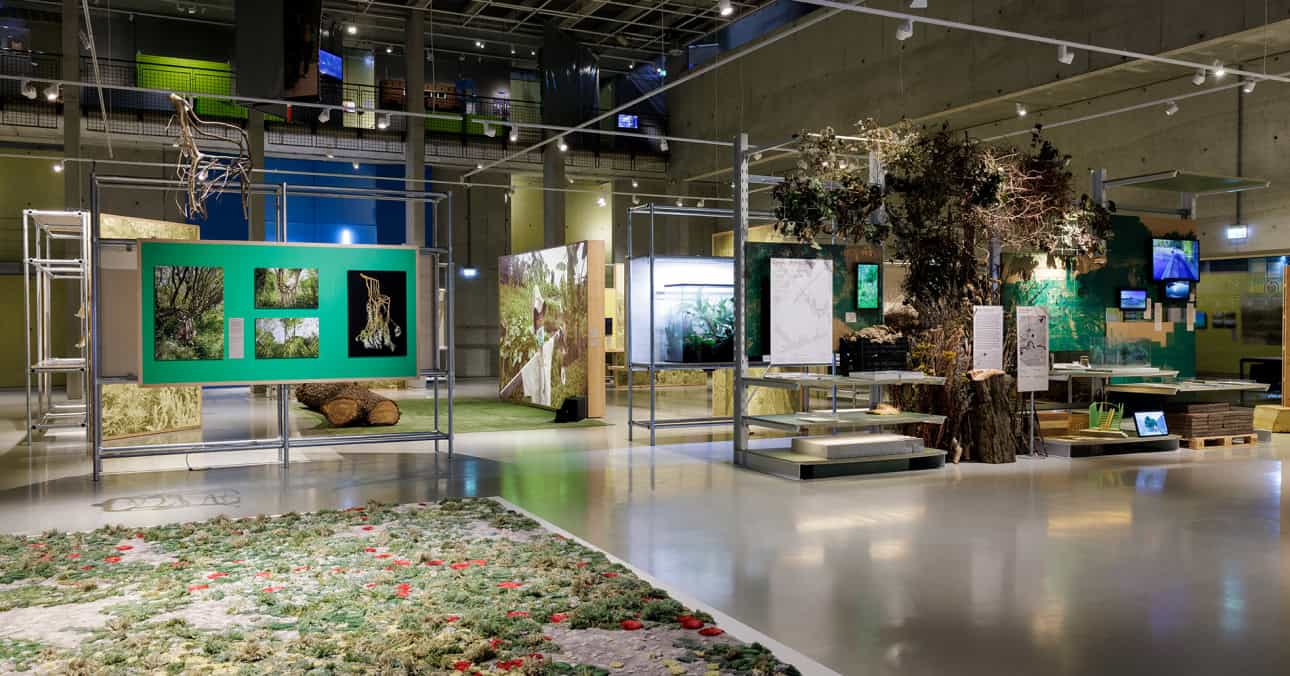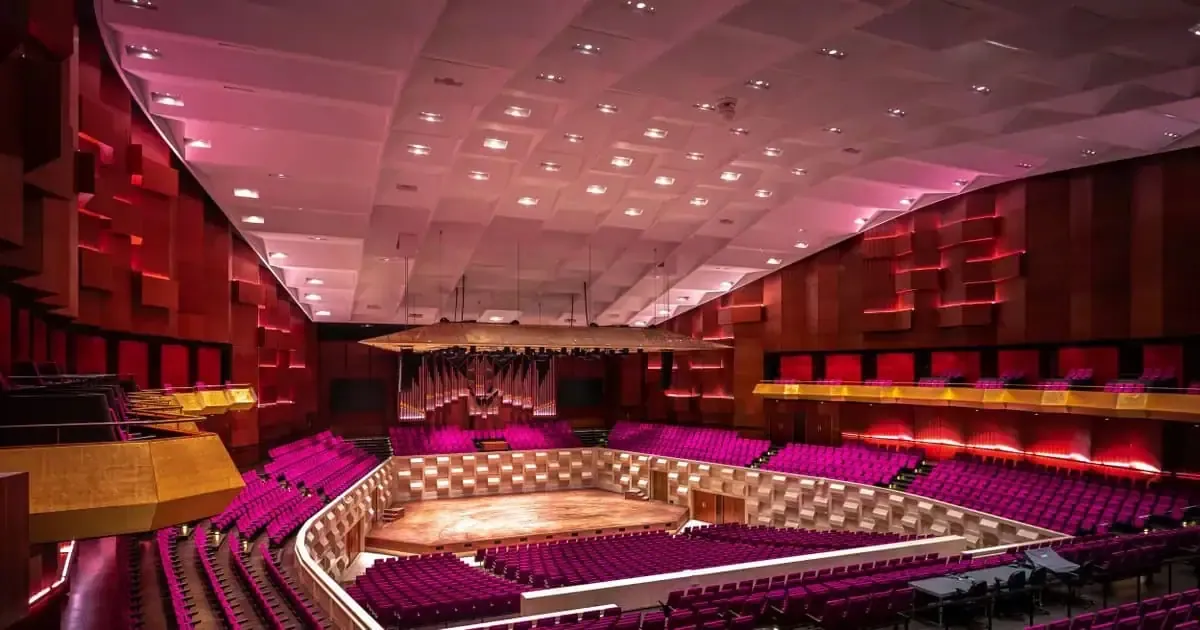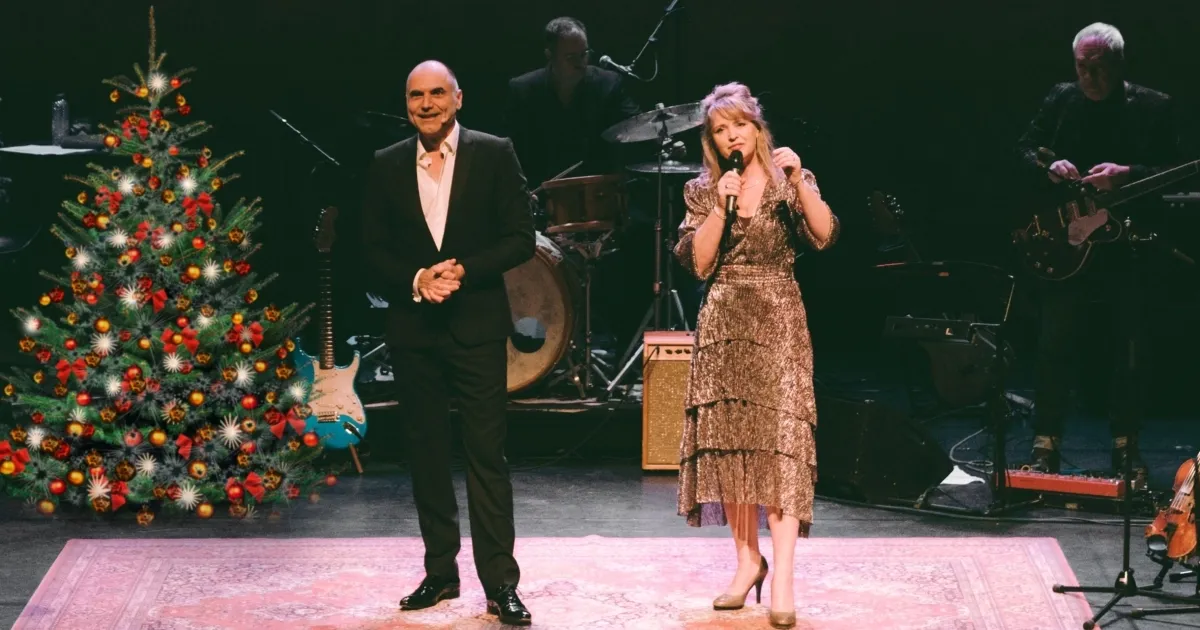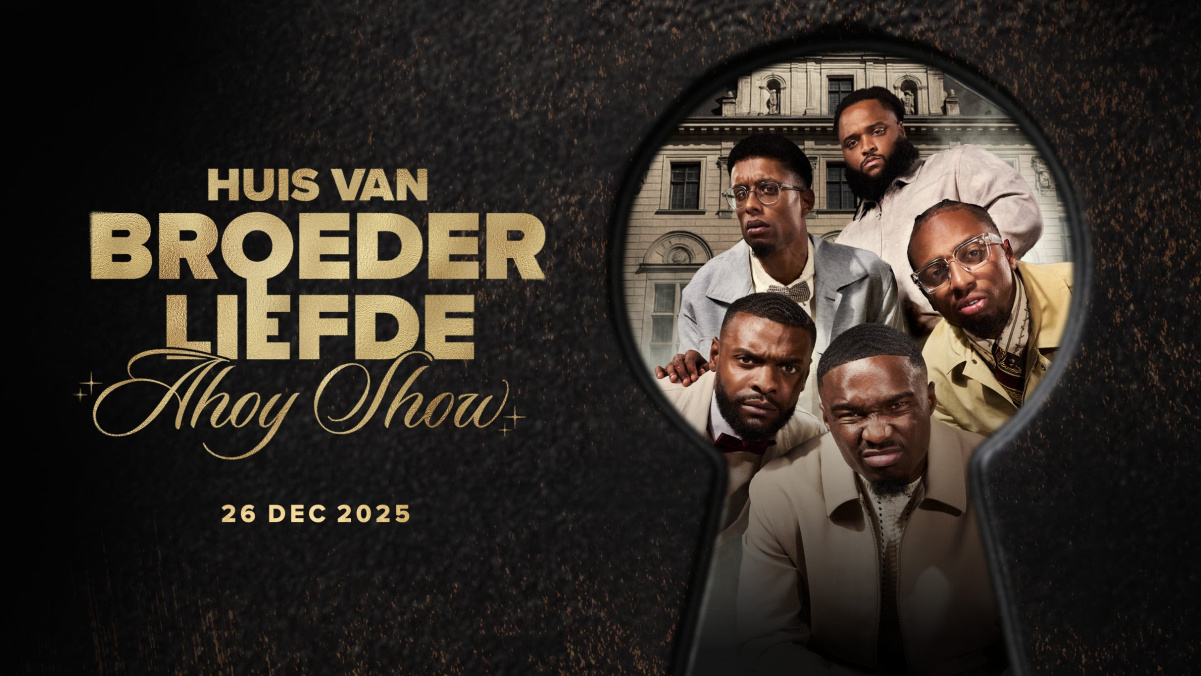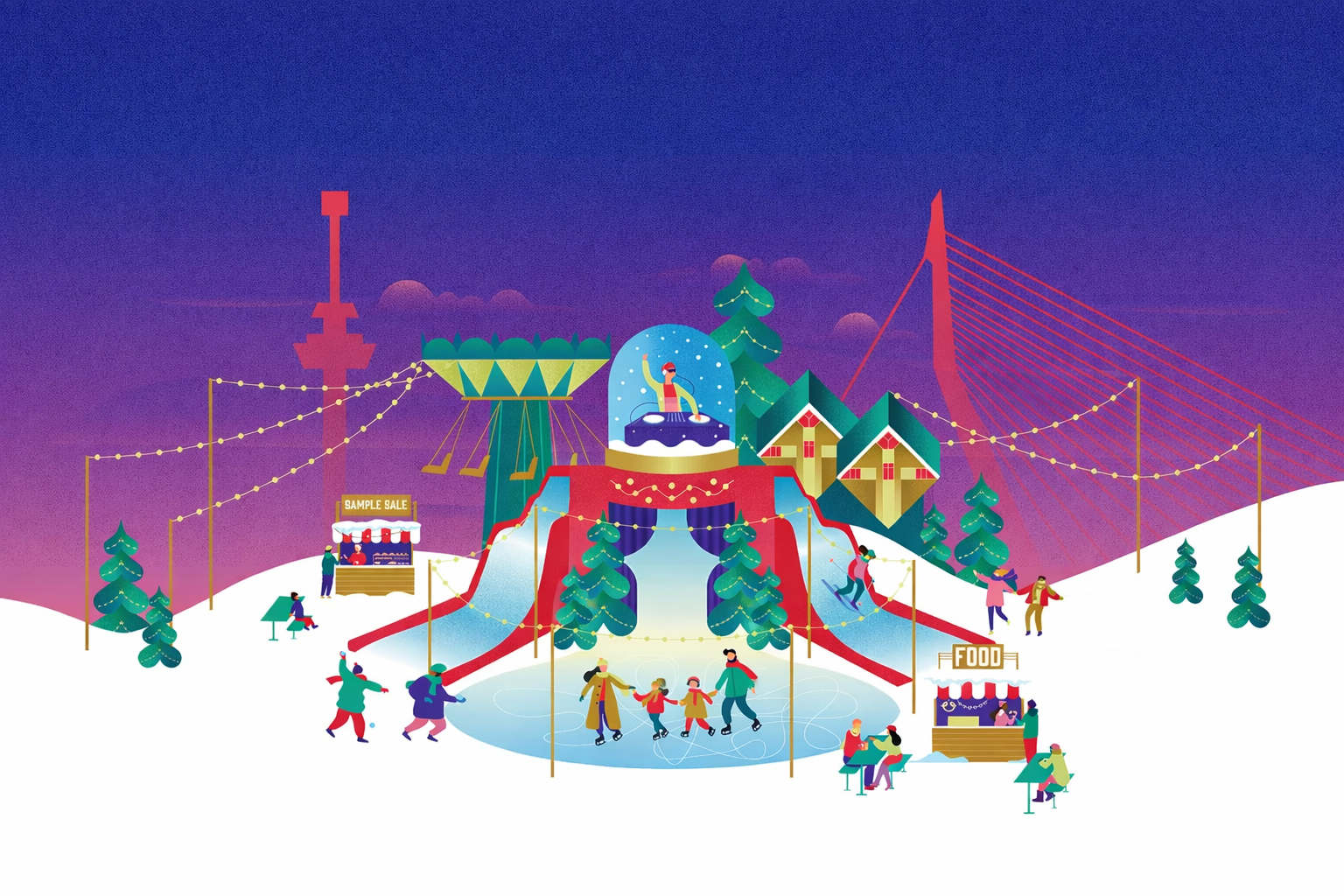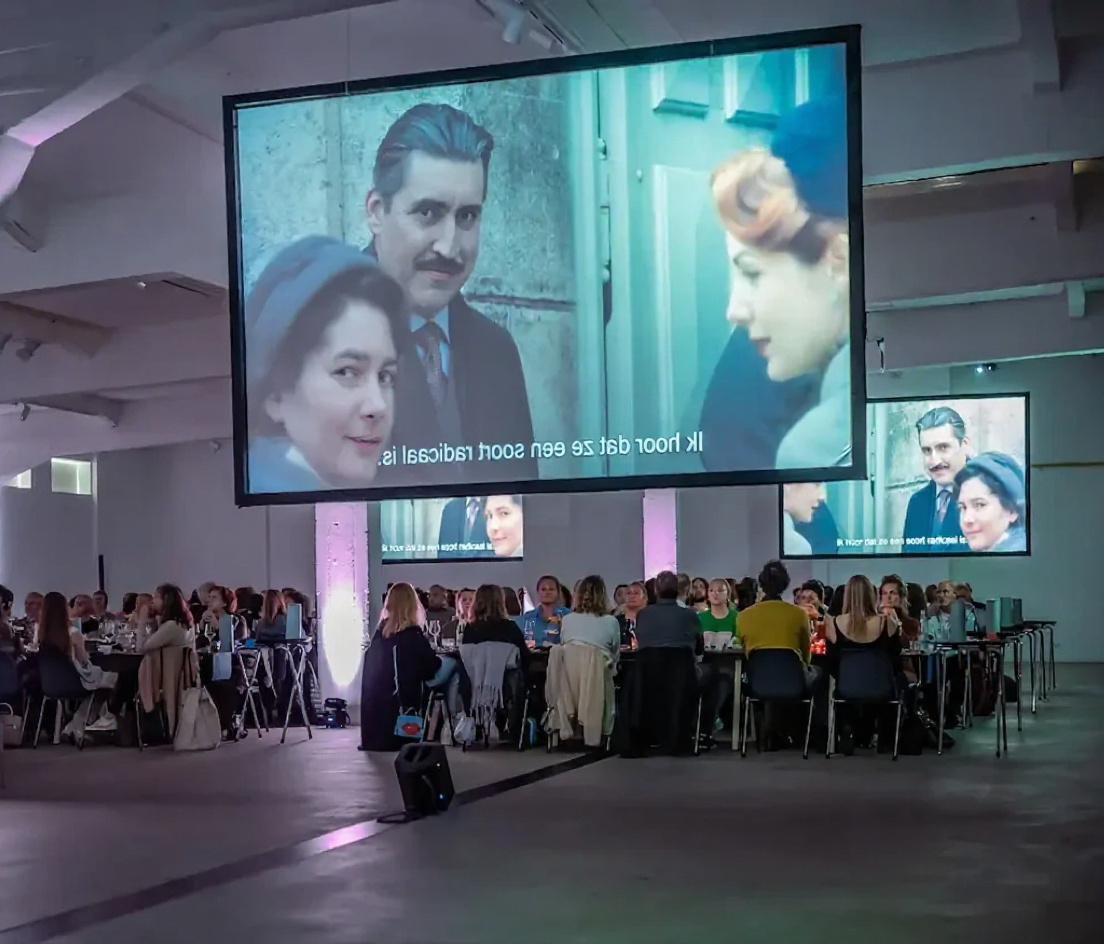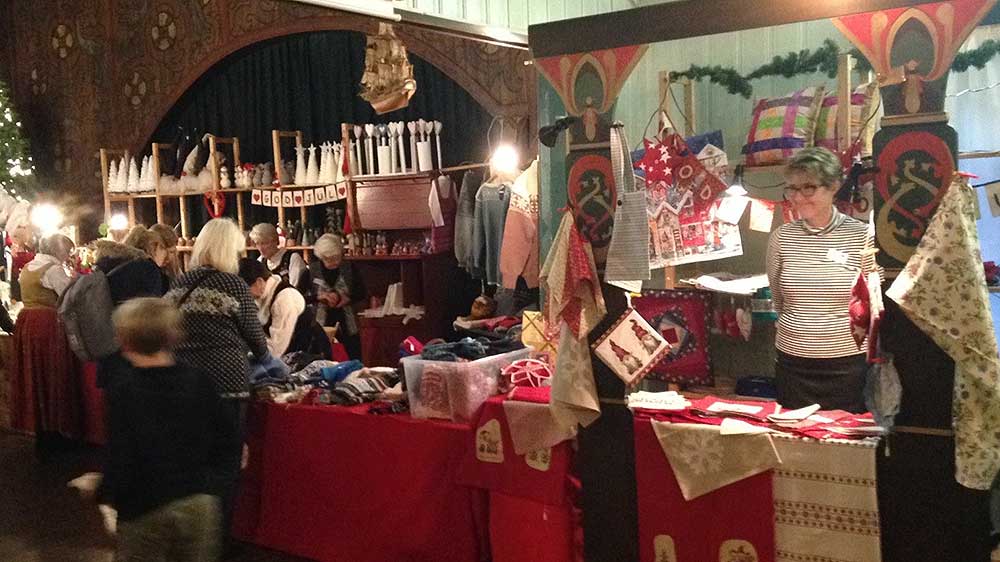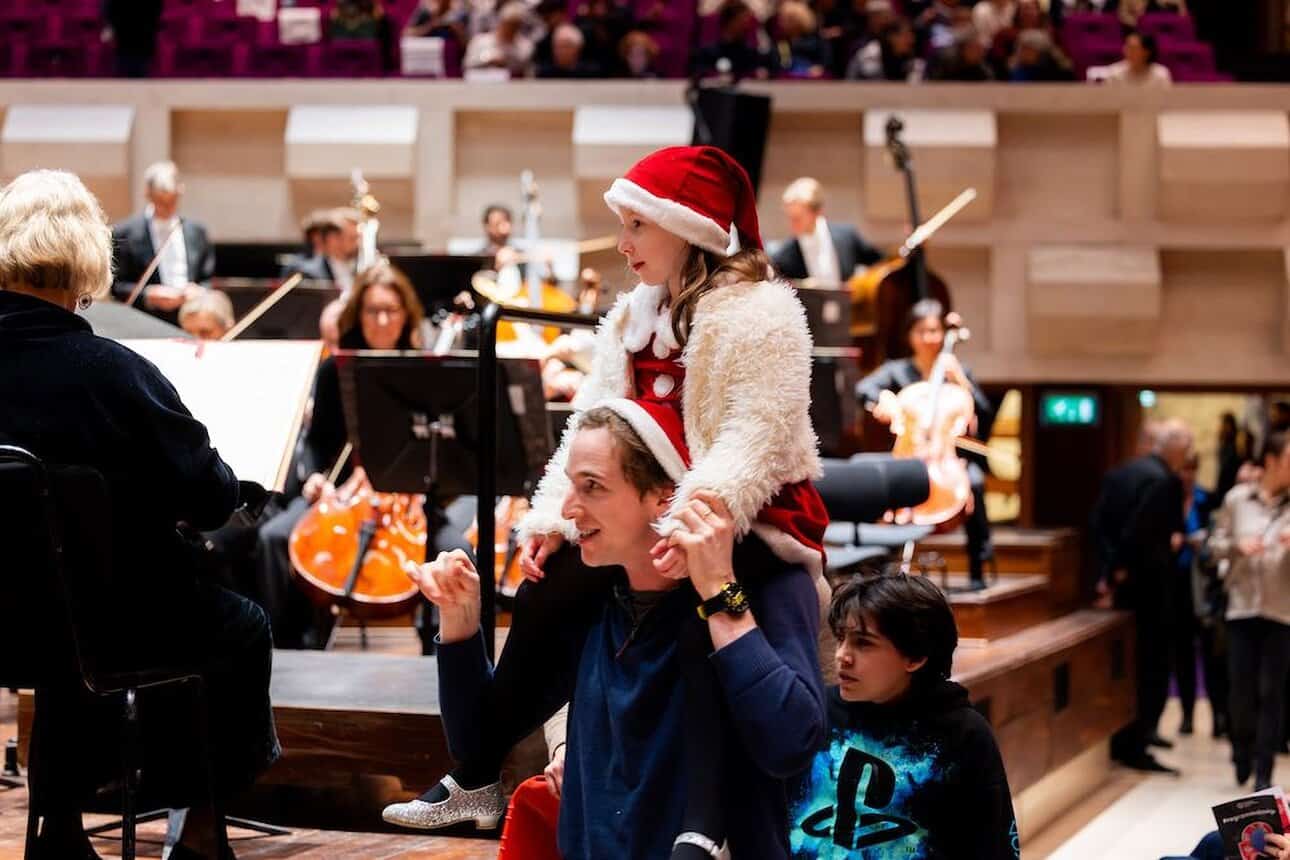Until 25 May 2025 | A historic dollhouse from the Museum Rotterdam collection takes centre stage in a temporary exhibition, offering visitors a chance to view the object in a modern context. The display reflects on the city’s history while exploring the potential of a future city museum.
Museum Rotterdam showcases historic dollhouse in modern display
Museum Rotterdam has unveiled a temporary exhibition featuring its historic dollhouse, crafted between 1954 and 1957, as the first object in a series of rotating displays at its Coolhaven location. The presentation is part of an exploratory initiative to reimagine the role of the museum as a future city museum.
The dollhouse, commissioned by former museum director Petra Beydals, replicates an 18th-century mansion on the Leuvehaven, where brothers Jan and Pieter Bisschop displayed their collections. Generations of Rotterdam residents have associated Museum Rotterdam with this iconic piece, which has become a visitor favourite.
The current exhibition reimagines the dollhouse within a transparent, contemporary display, inviting audiences to explore its intricate details and the stories behind its design. Questions are posed about the brothers’ wealth, their household staff, and modern perspectives on the lives of the wealthy elite during that era. Historic Bisschop dollhouse on display in Rotterdam
Historic Bisschop dollhouse on display in Rotterdam
Interactive experiences and new additions
In addition to the reinterpreted display, the dollhouse features unexpected contemporary elements, such as a miniature version of a 2021 artwork by Kamiel Verschuren, which critiques societal privilege. These additions aim to bridge historical themes with present-day issues.
Activities for children include crafting a mini dollhouse and using a guided exploration to uncover the stories behind the display. The programme encourages young visitors to reflect on themes such as wealth, colonial history, and housing culture in relation to their own lives.
A step towards a new city museum
According to Léontine Meijer-van Mensch, director of Museum Rotterdam, the reintroduction of the dollhouse marks an important step in the museum’s journey: “When I began my role, it quickly became clear that the Bisschop dollhouse held a special place in people’s hearts. Presenting it in this new way is a meaningful start to my time here.”
This temporary presentation is the first in a series. By spring 2025, the dollhouse will make way for another key piece from the museum’s extensive collection, which encompasses over 110,000 objects related to the city’s past, present, and future. The initiative allows the museum to experiment with new ways of engaging with the community and Rotterdam’s heritage.
Visiting the exhibition
The dollhouse exhibition is located at Museum Rotterdam '40-'45 NU, Coolhaven 375, and is free to visit until spring 2025. Other museum exhibits are available at regular admission prices.
How to get there
The museum is situated in Coolhaven, a historic neighbourhood easily accessible by public transport, including the Coolhaven metro station. Visitors can also reach the area by car or bicycle. For precise directions, use the following Google Map:





